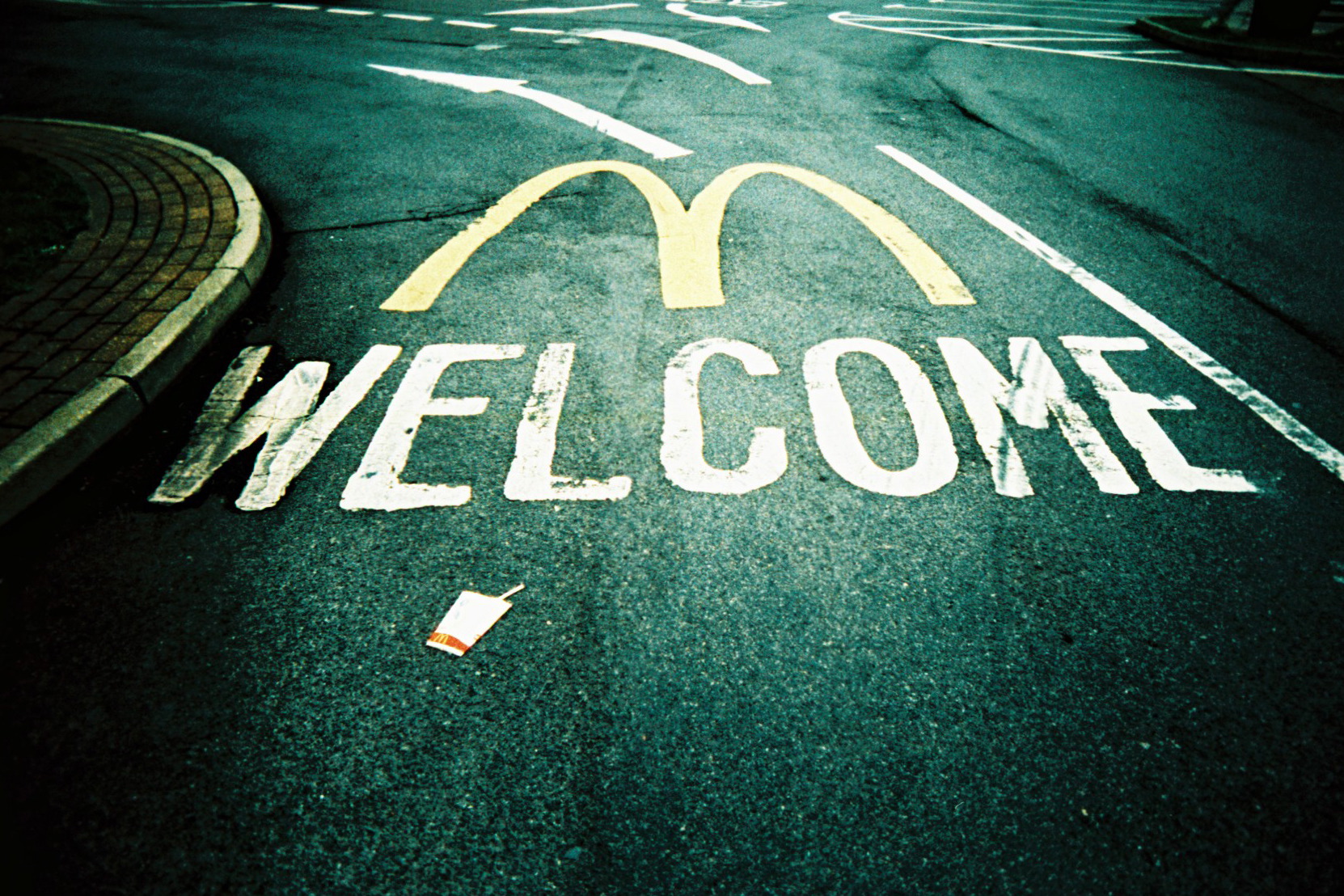SHARE
Product Innovation: The beauty of predictive experiments by McDonald's and others
If you want to supercharge your product portfolio with a new hit, you have few alternatives: You can hire some product innovation gurus to come up with a fantastic new idea, you can push your internal R&D team to come up with something new, or you can turn into the crowd.
While using external input in developing new hit products or value opportunities has been around for years now, the predictive experiments run by some forward-looking companies seem to be the new deal.
Case in point: McDonald's. The company recently expanded its "build-your-own burger test" and now, in four Southern California stores, customers are encouraged to assemble any combination of ingredients from a generous menu of cheese, bun and toppings (See more here).
In reality, the experiment is less about mass-customization and giving customers additional flexibility: It's about discovering popular combinations by the crowd and turning those combinations into company's future hits. In a nutshell, company is letting the crowd predict what would be desired more by its vast customer base.
Food industry is not really the only place where such new experiments are happening. Apparel industry and certain other retailers have taken the idea of predictive experiments to a whole new level. One interesting example is this:
Customers are now used to the idea of loyalty cards: Retailers use the data from our purchases along with other general information about their Point of Sales (POS) data to find out what sells better, and what to design next. But these insights can only be obtained after a sales happens and, after aggregating all the information from various buyers, the result is at best a lagging indicator.
Companies like RetailNext and Euclid Analytics however, are now experimenting with hundreds of retailers to use predictive analytics in tracking customer behavior in physical stores before they make a purchase. These technology companies which brand themselves as "Location Analytics Firms" use opt-in apps on customer devices to track everywhere customers go in addition to using the data from store cameras which contain customer movements within the store.
In one case, a retailer realized that less than 10% of customers visiting their shoe department engaged with the self-service wall display where merchandise was stored. Further analysis showed that a series of benches placed in front of the wall, were limiting customer access. This insight led to a new design for the store layout and subsequently sales in the department increased by double digits (See morehere).
With all these exciting things being said, I wonder if there will be a point where customers turn against such strategies out of concern for privacy. But until then, I guess we are already in the age of predictive experiments…
What do you think?
Download our Engineering Crowdsourcing white paper
